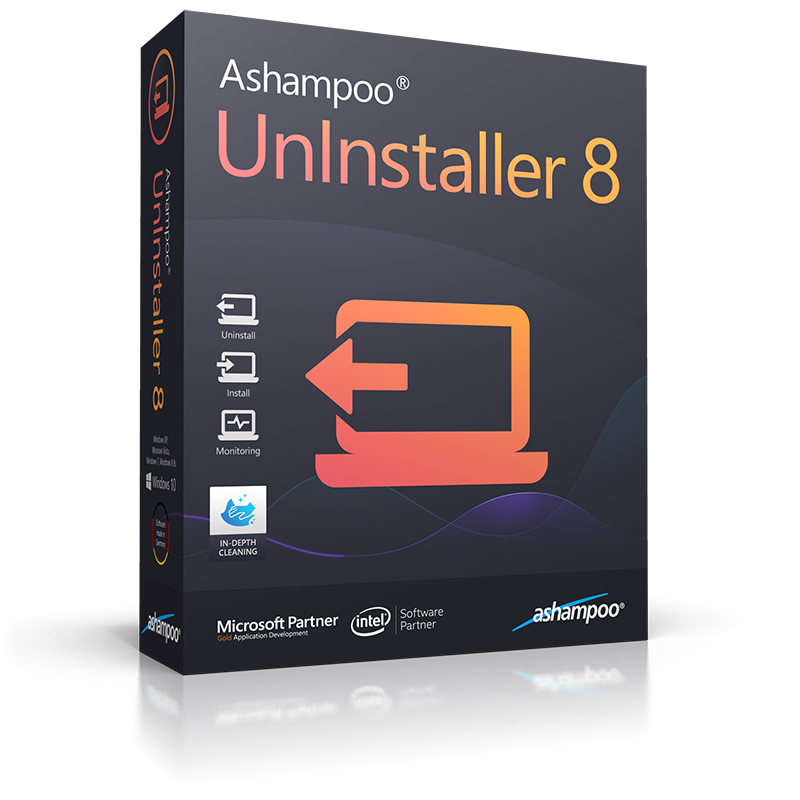Windows 10 Activator TXT 2023 Full Key Version
Windows 10 Activator TXT is a tool often used by individuals seeking to bypass the official licensing system of Microsoft’s operating system. At the same time, it may seem like an easy way to activate Windows 10 for free, but using such activators poses significant risks and can lead to severe consequences.

Risks of using Windows 10 Activator TXT (100 words):
- Malware and security threats: Many Windows 10 activators, including those distributed as TXT files, are often embedded with malicious software. These can compromise your system’s security, steal personal information, and even give unauthorized access to hackers.
- Legal implications: Microsoft considers the use of unauthorized activators a violation of their software licensing terms. If caught, users may face legal consequences, including fines and legal action.
- System instability and performance issues: Activators modify core system files, which can lead to system instability, frequent crashes, and performance degradation. These issues can disrupt your workflow, compromise productivity, and lead to data loss.
Consequences of using Windows 10 Activator TXT (100 words):
- Voiding software support and updates: Microsoft reserves the right to deny technical support and software updates to systems detected using unauthorized activators. This leaves your system vulnerable to security vulnerabilities and compatibility issues.
- Incompatibility with genuine software: Activated versions of Windows may conflict with legitimate software, resulting in errors, crashes, and a lack of compatibility with essential applications.
- Permanent damage and data loss: Due to the inherent risks associated with activators, there is a potential for irreversible damage to your system, resulting in data loss and costly repairs.
Conclusion (50 words): While the temptation of activating Windows 10 for free through TXT files may be strong, the risks and consequences outweigh the benefits. It is crucial to prioritize your operating system’s security, stability, and legality. Opting for authorized licensing methods ensures peace of mind and guarantees ongoing support and a safer computing environment.
Top Key Feature:
- Activation: The Windows 10 Activator provides a key feature of activating the Windows 10 operating system without needing a genuine product key. It bypasses the activation process and allows users to access Windows 10.
- Genuine License: The activator ensures that the activated copy of Windows 10 appears genuine and authentic. It emulates the activation process as if a valid license key has been used, allowing users to access all Windows updates and security patches.
- Permanent Activation: One of the critical features of a Windows 10 Activator is the ability to provide permanent activation. It activates Windows 10 indefinitely, eliminating the need to reactivate the operating system periodically. Users can enjoy the full benefits of Windows 10 without worrying about activation expiration.
- Offline Activation: Some Windows 10 Activators offer the convenience of offline activation. This feature allows users to activate their copy of Windows 10 without an internet connection. It can be helpful when a stable internet connection is unavailable.
- User-Friendly Interface: Many Windows 10 Activators have a user-friendly interface, making the activation process straightforward. Users can easily navigate the activation steps, even if unfamiliar with technical procedures.
Pros And Cons Of Windows 10 Activator TXT
Activators for Windows 10, including those distributed in the form of a TXT file, are tools used to bypass the activation process and enable the full functionality of the operating system without purchasing a valid license key. However, it is essential to note that using such activators is illegal and violates the terms of service of Microsoft. Nevertheless, I can provide you with a general overview of the potential pros and cons of using a Windows 10 Activator TXT file, although I strongly advise against it:
Pros:
- Cost-saving: One of the apparent advantages of using a Windows 10 activator is that it allows you to use the operating system without paying for a license key. This can be appealing to individuals who are looking to save money.
- Full functionality: By activating Windows 10 with an activator, you can access all the features and updates typically available to licensed users. This includes security patches, software updates, and additional customization options.
Cons:
- Legal and ethical concerns: Using a Windows 10 activator is considered illegal and a violation of Microsoft’s terms of service. It is important to respect intellectual property rights and software licensing agreements.
- Security risks: Activators obtained from untrusted sources, such as TXT files downloaded from the internet, can pose significant security risks. They may contain malware, viruses, or other malicious code that can compromise the security and privacy of your system.
- Unstable system: Activators modify the system files of Windows 10 to bypass the activation process, which can result in system instability. This may lead to frequent crashes, errors, or other performance issues.
- Lack of support and updates: When using an activator, you won’t receive official support from Microsoft, nor will you have access to regular updates and patches. This can leave your system vulnerable to security threats and compatibility issues.
- Compatibility concerns: Some activators may not work on all versions of Windows 10 or with specific hardware configurations. Using an incompatible activator could lead to system errors or failures.
- Legal consequences: It is worth emphasizing that using a Windows 10 activator is illegal and can result in legal matters, including fines or legal action.

How To Install?
- Get a copy of Windows 10: You can purchase a license key from Microsoft or obtain an installation disc or USB drive.
- Prepare your computer: Ensure that it meets the minimum system requirements for Windows 10. to avoid losing them during installation.
- Insert the installation media: If you have a DVD, insert the Windows 10 installation disc into your computer’s DVD drive. If you have a USB drive, connect it to a USB port on your computer.
- Start the installation: Restart your computer and press the appropriate key (usually F12 or Del) to access the boot menu.
- Follow the on-screen instructions: Windows 10 setup will guide you through installation. Select your language preferences, agree to the license terms, and choose the installation type (custom or upgrade).
- Partition your hard drive (if necessary): If you’re performing a custom installation, you can partition your hard drive. You can create a new partition or install Windows 10 on an existing one.
- Install Windows 10: Select the partition where you want to install Windows 10 and click “Next” to begin the installation. The process may take some time, and your computer will restart multiple times.
- Set up Windows 10: Follow the on-screen instructions to personalize your Windows 10 settings after installation. This includes creating user accounts, choosing privacy settings, and configuring your network connection.
- Install drivers and updates: After Windows 10 is installed, it’s essential to install the latest drivers for your hardware components. Visit the manufacturer’s website for each device and download the appropriate drivers. Additionally, run Windows Update to install the latest security patches and updates.
- Install applications and restore data: Install your preferred software applications and refresh your backed-up files and data to complete the setup process.
Credit Link:






